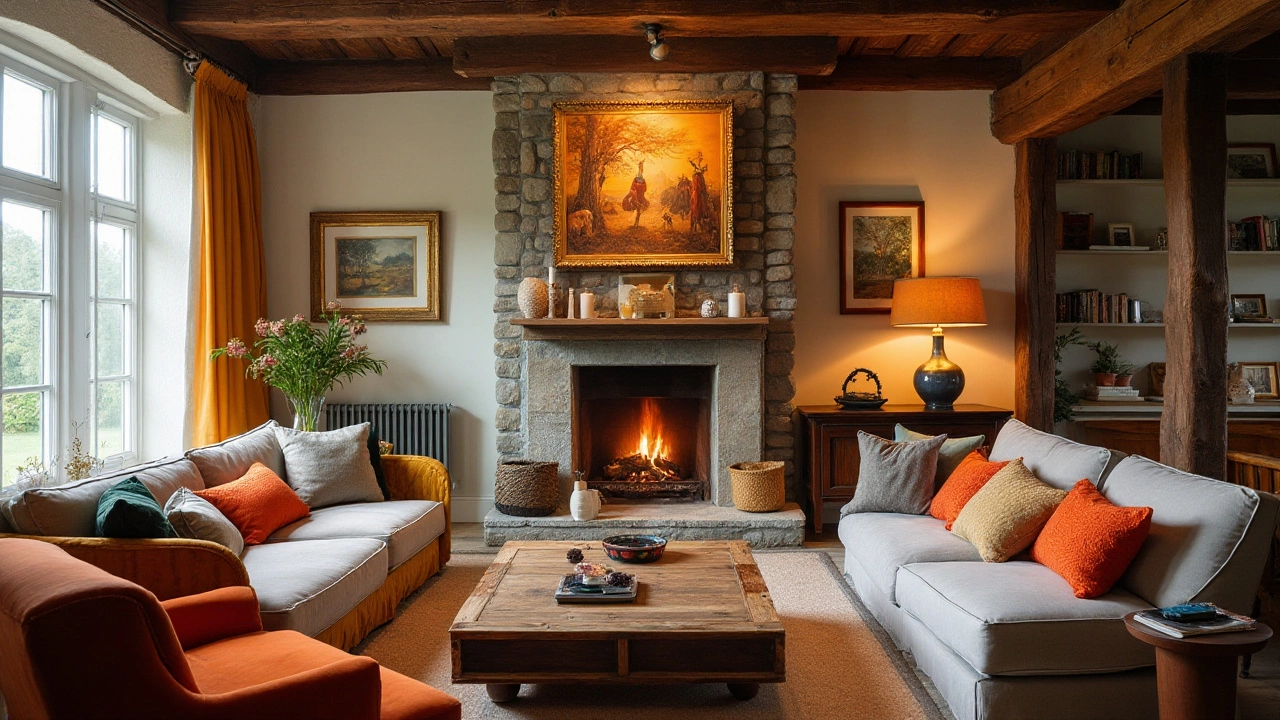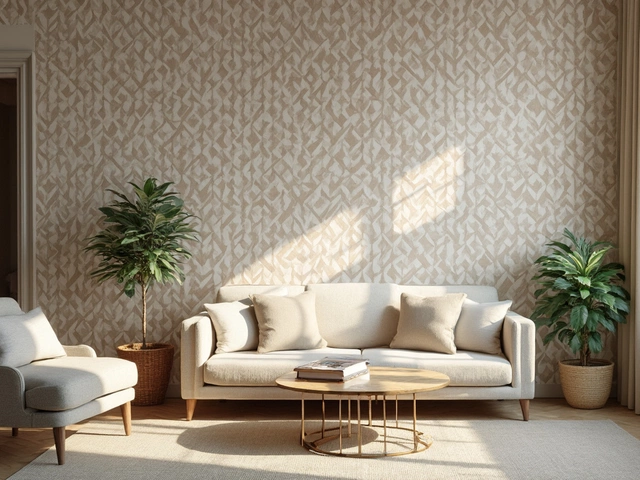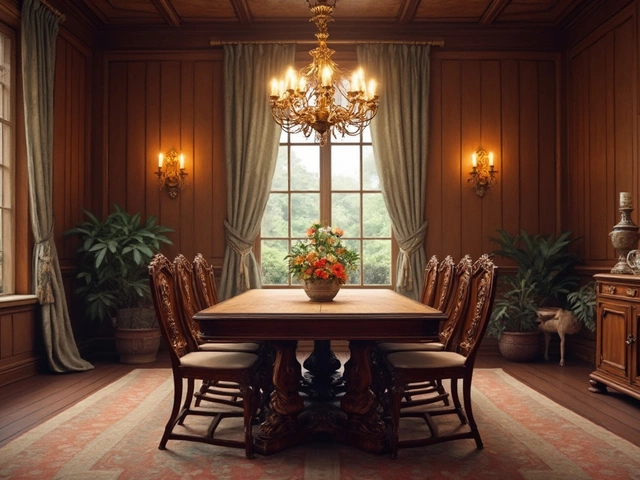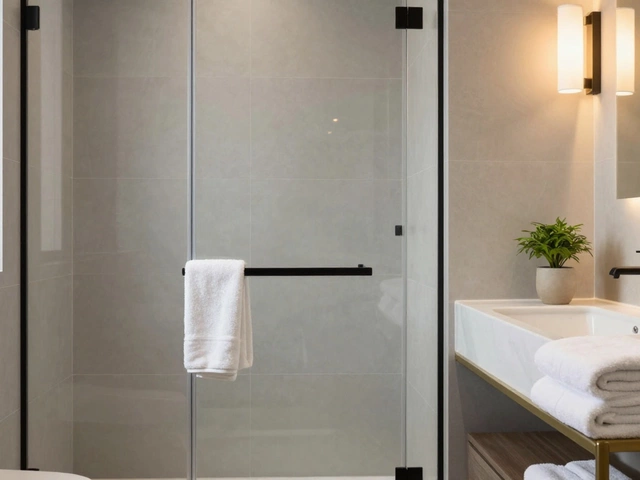Design Differences: Spotting What Makes One Room Feel Different From Another
Ever walk into a room and instantly feel a vibe that doesn’t match the rest of your house? That’s a design difference at work. It can be as simple as a color shift, a change in furniture scale, or a switch from sleek modern lines to warm traditional textures. Understanding these differences helps you decide whether you want a bold contrast or a smooth flow throughout your home.
First, ask yourself what you want the space to do. Do you need a calm retreat, a lively gathering spot, or a functional work area? The answer will guide which design elements you tweak. Small tweaks—like swapping a light‑colored rug for a darker one—can change the mood without a full remodel. Bigger moves, like swapping a glass coffee table for a reclaimed‑wood version, shift the whole style narrative.
Style vs. Substance: What Really Changes?
Design differences usually fall into three buckets: style, material, and layout. Style covers the overall look—think modern, rustic, Scandinavian, or industrial. Each style carries signature shapes and color palettes. Modern favors clean lines and neutral tones; rustic leans on raw wood and earthy hues.
Materials are the next major factor. Switching from laminate to hardwood flooring not only affects look but also durability and feel underfoot. Likewise, choosing velvet upholstery versus linen changes both texture and comfort level. When you mix materials—like pairing a metal chandelier with a soft rug—you create visual interest that keeps the eye moving.
Layout deals with how you arrange furniture and define zones. Open‑plan spaces feel airy, while defined zones (using rugs or screens) give each area its own personality. Moving a sofa to face a window versus a TV changes the room’s focal point and how you use the space day‑to‑day.
Practical Tips to Spot and Use Design Differences
1. Start with a mood board. Pull images of rooms you love and note the recurring colors, textures, and furniture shapes. Seeing patterns helps you pinpoint which differences you’re drawn to.
2. Test on a small scale. Before repainting an entire wall, paint a sample patch. Swap a single throw pillow for a contrasting fabric. Small experiments prevent costly missteps.
3. Keep flow in mind. Even if you love a stark contrast, make sure there’s a bridge—like a consistent metal finish or a unifying color—so the rooms feel connected rather than jarring.
4. Balance proportion. A massive sofa in a petite room overwhelms, while a tiny coffee table in a spacious lounge looks out of place. Measure your space and choose furniture that fits the scale.
5. Think about purpose. A vibrant, patterned tile works great in a lively kitchen but may be too stimulating for a bedroom. Align design differences with the room’s function to enhance comfort.
By paying attention to these design differences, you can mix and match styles without creating chaos. The goal isn’t to make every room identical; it’s to let each space tell its own story while still feeling part of a cohesive home.
Ready to rewrite your home’s narrative? Pick one design difference—whether it’s a new color, material, or layout tweak—and watch how the whole room transforms. Small changes often deliver the biggest impact.






